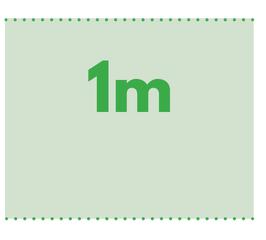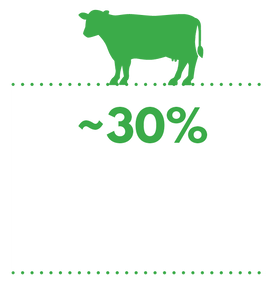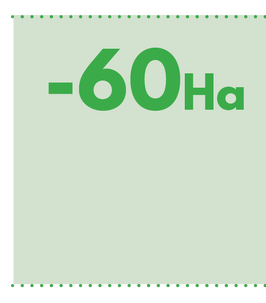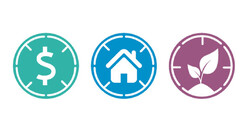Sustainable Development Goals 15

WWP TARGET:
To prevent the loss of existing indigenous vegetation and increase indigenous vegetation habitat in biodiversity depleted environments to a minimum of 10% land cover by 2030.
ACHIEVING OUR TARGET MEANS THAT:
Our land is restored, our water is clean, and our native vegetation and flora and flora thrive.
Three-quarters of the world’s land surface has been significantly altered by humans. The extent and condition of the world’s ecosystems have declined by an average of 47% compared with the natural baseline, and some are faring worse than others.
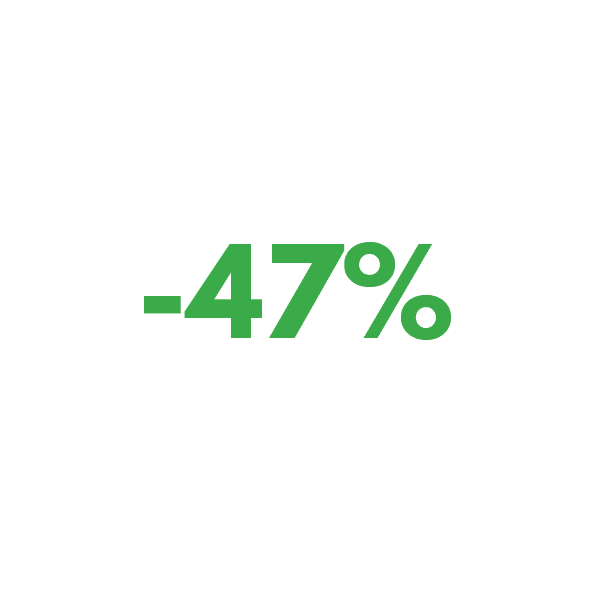
Decline in the extent and condition of the world’s ecosystems compared with the natural baseline

of the world’s wetlands are
estimated to have been lost between 1700 and 2000


Hectares of tropical forests, lost between 2010 and 2015
The current state of much of Aotearoa | New Zealand’s biodiversity demonstrates a trend of ongoing decline. The extent of this decline is variable within and between domains, ecosystems and species.

of species in
New Zealand are ranked as “critically endangered” by IUCN


land bird species whose conservation status has improved between 2008
and 2019


hectares of private land protected through Queen Elizabeth II Trust covenants. 10,000 ha in 1990.
Most of the region’s terrestrial ecosystems have been significantly changed due to agriculture and urbanisation. Despite the magnitude of change reducing significantly in the last century, loss of key ecosystems, e.g. wetlands continues. Natural features such as gullies offer restoration opportunities.
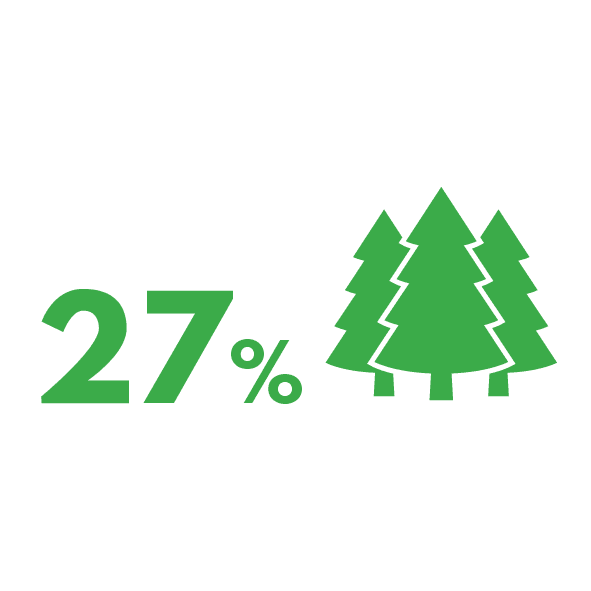
of the region’s land remains in terrestrial indigenous vegetation cover
94% in 1840
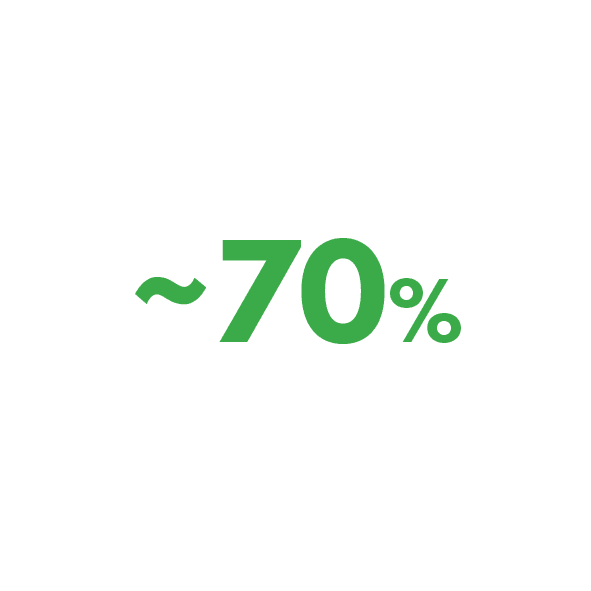
of the Waikato’s non-forest swamps and bogs have been drained since 1840, leaving some 30,000 hectares.

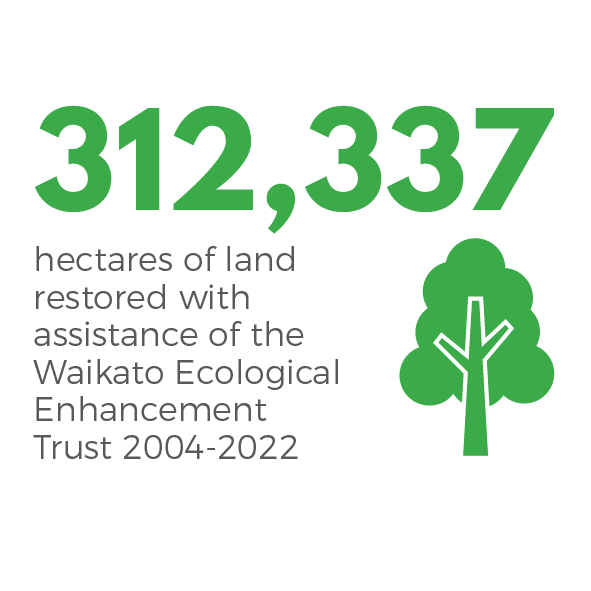
LIFE ON LAND INSIGHTS
Tell me more about this
i. An adequate description of the dataset
This report presents Waikato regional and territorial local authority results from a survey undertaken in parallel with the 2022 Quality of Life Survey (a collaboration between nine New Zealand councils including Hamilton).
ii. The source(s) of information
Waikato Regional Council
https://www.waikatoregion.govt.nz/services/publications/tr202249/
iii. The date when the data was collected and the expected update frequency
November 2022
iv. Any use or publication restrictions, including cultural restrictions
None
v. A contact person or organisation
www.bps.waikatoregion.govt.nz/online-services/new/RequestForService/step/1?Subject=Policies,planningandstrategies
vi. Any quality/data health warnings
No
Tell me more about this
i. An adequate description of the dataset
A set of indicators which measure the Waikato region’s progress by identifying our current situation and trends across each of 32 key economic, environmental and social aspects.
ii. The source(s) of information
Waikato Progress Indicators:
https://public.tableau.com/app/profile/waikato.regional.council/viz/WaikatoProgressIndicatorsDashboard_16862300344780/INTRODUCTION
iii. The date when the data was collected and the expected update frequency
May 2023
iv. Any use or publication restrictions, including cultural restrictions
None
v. A contact person or organisation
www.bps.waikatoregion.govt.nz/online-services/new/RequestForService/step/1?Subject=Policies,planningandstrategies
vi. Any quality/data health warnings
No
